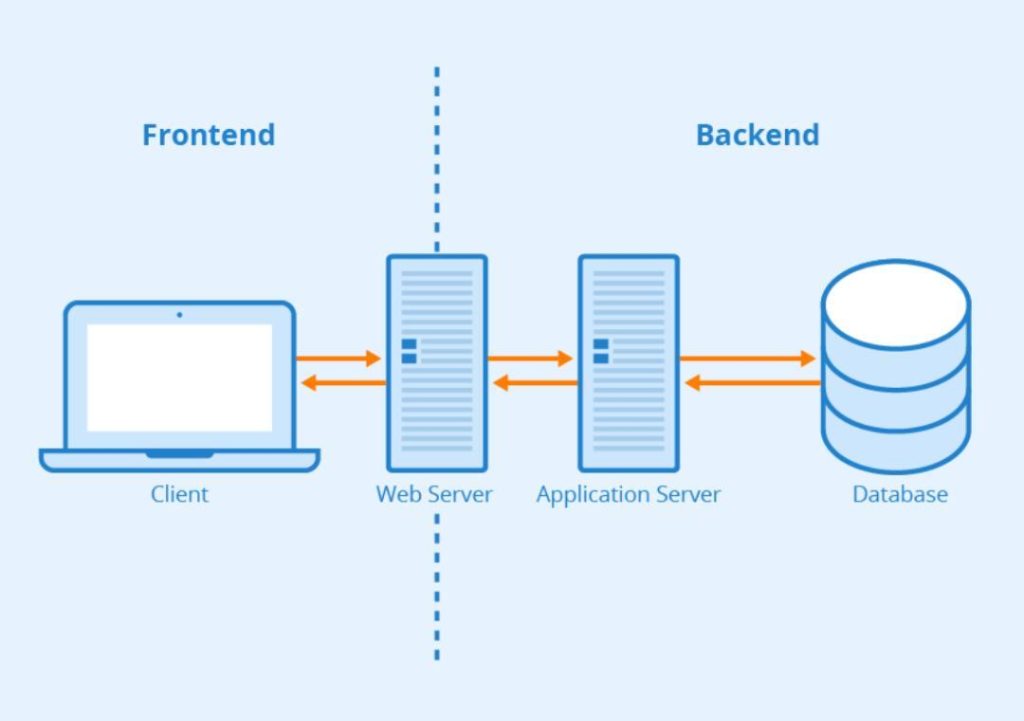
What makes frontend and backend roles so different?
In the world of web development, there are two primary roles that are often misunderstood or oversimplified: frontend and backend development. While both are crucial components of building a digital product, they require distinct skills, tools, and mindsets. In this article, we’ll delve into the differences between frontend and backend development, highlighting what makes each role unique and how they work together to create seamless digital experiences.
Frontend Development: The Visual Interface
Frontend developers are responsible for creating the visual and interactive layer of a website or application that users see and interact with. This includes designing and building the user interface (UI), user experience (UX), and the client-side logic that enables features like drag-and-drop functionality, animations, and responsive design. Frontend developers work with HTML, CSS, and JavaScript to craft a visually appealing and engaging interface that meets the needs of users.
Some key characteristics of frontend development include:
- Design precision: Frontend developers require a keen eye for design and a deep understanding of visual hierarchy, color theory, and typography to create an intuitive and aesthetically pleasing interface.
- User experience: The primary focus of frontend development is on creating a seamless and enjoyable user experience, ensuring that users can easily navigate and interact with the application or website.
- Client-side logic: Frontend developers use JavaScript to create dynamic effects, animate elements, and respond to user input, making the interface interactive and engaging.
- Browser compatibility: Frontend developers must ensure that their code works across various browsers and devices, considering differences in rendering, handling, and functionality.
Backend Development: The Logic and Infrastructure
Backend developers, on the other hand, focus on building the logic, databases, and infrastructure that power the application or website. They work on the server-side, using programming languages like Java, Python, or Ruby to create the server-side logic, database integration, and API connectivity. Backend developers ensure that the application or website can handle requests, store data, and provide secure access to users.
Some key characteristics of backend development include:
- Performance: Backend developers must optimize the application or website for performance, ensuring that it can handle a high volume of requests, scale with traffic, and maintain speed.
- Data flow: Backend developers manage the flow of data between the frontend, backend, and databases, ensuring that data is accurately stored, retrieved, and updated.
- System security: Backend developers implement security measures to protect the application or website from unauthorized access, data breaches, and other security threats.
- Server-side logic: Backend developers create server-side logic to handle requests, process data, and generate responses, often using frameworks like Node.js, Django, or Ruby on Rails.
The Differences: A Tale of Two Worlds
While frontend and backend development share some similarities, they operate in different realms, requiring distinct skills and mindsets. Frontend development focuses on the visual and interactive aspects, prioritizing user experience and design precision. Backend development, on the other hand, is concerned with the logic, databases, and infrastructure, prioritizing performance, data flow, and system security.
Conclusion
Frontend and backend development are two sides of the same coin, each playing a vital role in creating a seamless digital product. Frontend developers shape the visual and interactive layer, while backend developers build the logic, databases, and infrastructure behind the scenes. By understanding the differences between these roles, developers can better appreciate the challenges and opportunities that come with each discipline. When combined, they create a powerful duo that can deliver exceptional user experiences and drive business success.
Source:
https://www.growthjockey.com/blogs/frontend-vs-backend-development






